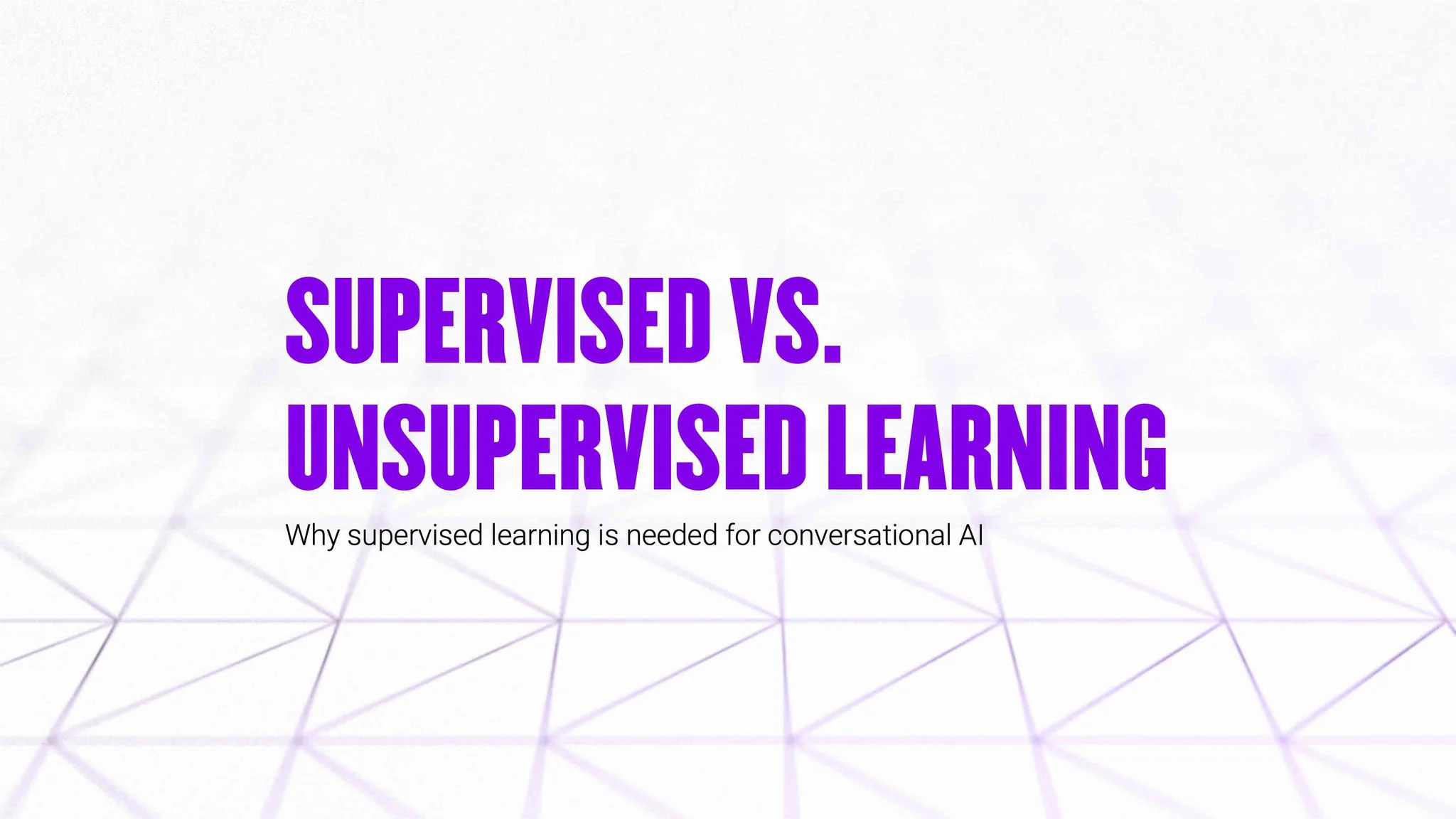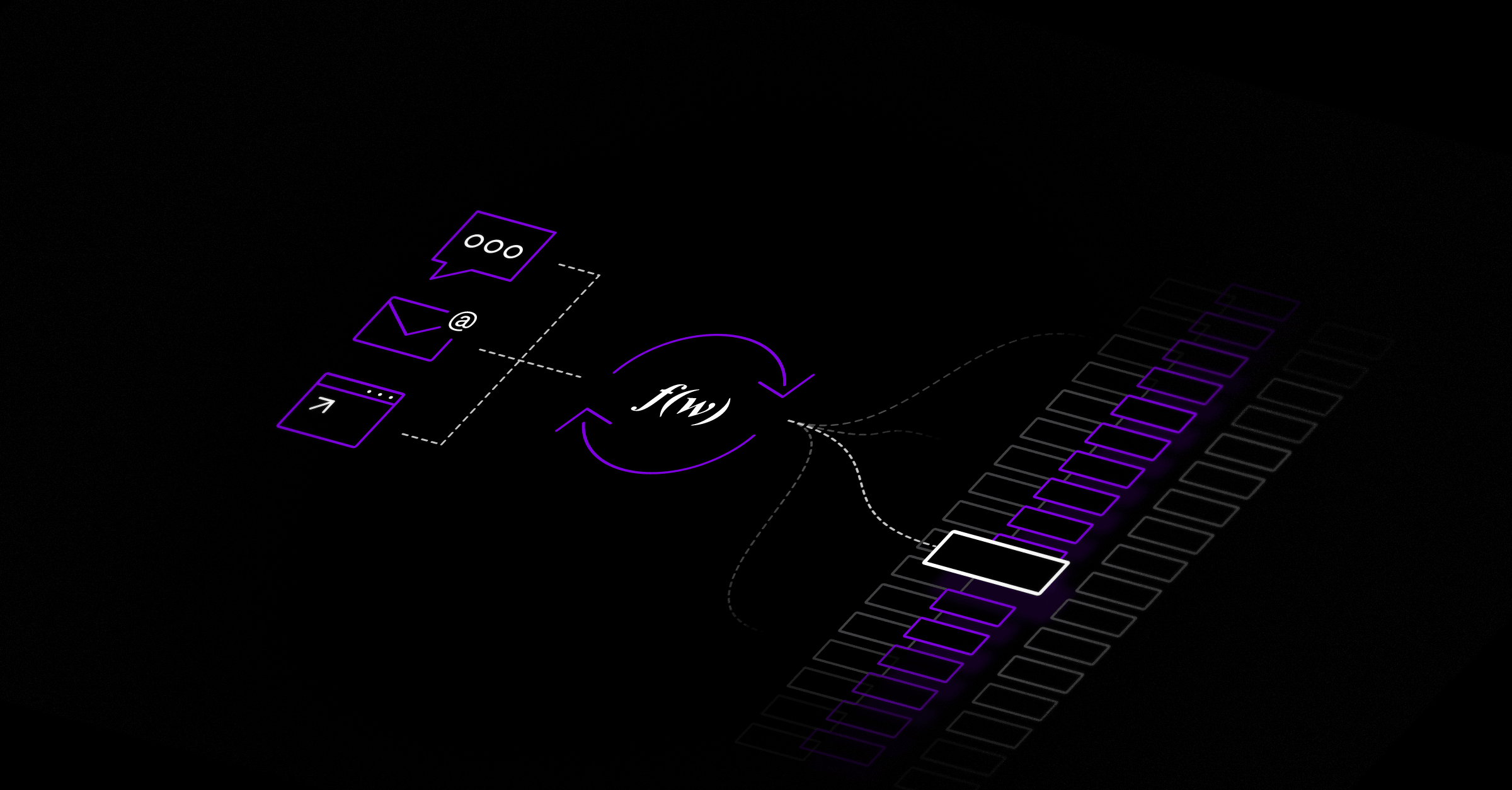- Text 1
How does supervised learning work?
Supervised learning is a machine learning technique where the model is trained using labeled datasets, meaning the data has been tagged or annotated by experts in the field.
Data annotated by experts provides clear guidance for the model to follow. Once the model has learned the relationship between datasets, it can be used to more accurately predict the outcomes of new inputs.
The benefit of this supervised approach is that the model can be fine-tuned to perform specific tasks in line with human expectations. That’s why, at Moveworks, we leverage supervised learning to annotate datasets for our conversational AI platform; this approach allows us to provide consistently accurate answers to end users' questions.
Why is supervised learning important?
In short, supervised learning offers more control and direction for the model as opposed to unsupervised learning, allowing for performance that is more aligned with end-user expectations. While unsupervised learning may provide insights into the underlying patterns within the data, this approach lacks expert guidance to ensure that the model's outputs align with specific goals.
Why supervised learning matters for companies
Supervised learning matters for companies because it provides a structured and controlled approach to training machine learning models, resulting in outputs that align closely with specific business goals and human expectations. In the corporate context, where accuracy, reliability, and consistency are paramount, supervised learning offers a level of control and direction that unsupervised learning cannot match. This precision is particularly valuable when developing AI systems, such as conversational AI platforms, where users expect consistently accurate responses to their queries.


